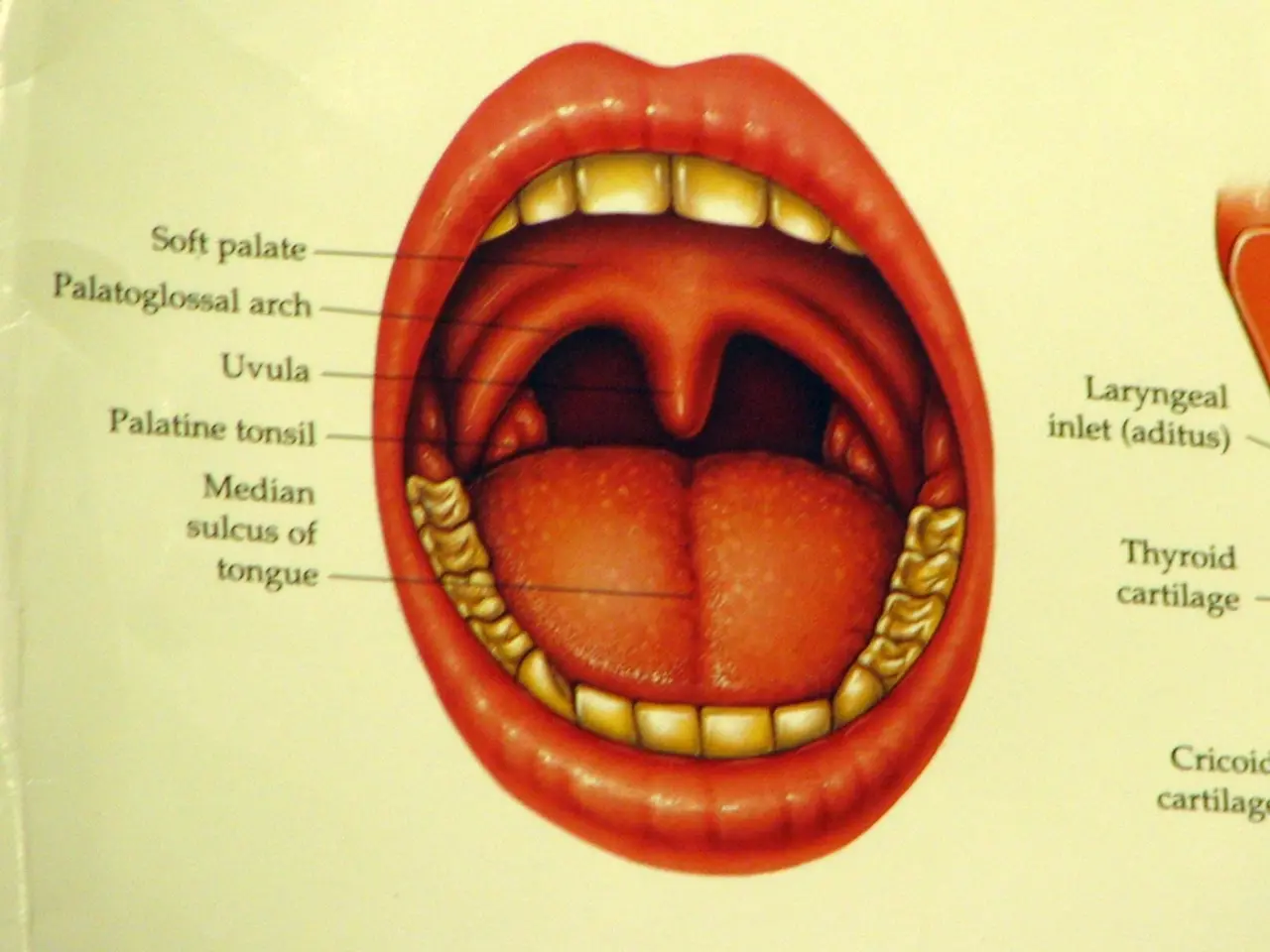Toddler experiencing eye drainage: Reasons and remedies
Eye Discharge in Toddlers: A Guide for Parents
Eye discharge in toddlers can be a cause for concern, but understanding its causes and when to seek medical help can help parents take the right steps.
Common Causes of Eye Discharge
- Conjunctivitis (Pink Eye): This is a common cause of eye discharge in toddlers. It can be viral, bacterial, allergic, or due to irritants.
- Viral Conjunctivitis often results in thin, watery discharge and may occur alongside cold or respiratory infections. It is contagious and usually starts in one eye but can spread to the other.
- Bacterial Conjunctivitis tends to cause thicker, sticky discharge requiring antibiotic treatment.
- Allergic Conjunctivitis involves discharge along with itching and redness triggered by allergens like pollen, dust mites, or pet dander.
- Irritant Conjunctivitis can result from exposure to substances like chlorine or pollution.
- Blocked Tear Ducts: Common in newborns and toddlers, this causes excessive tearing and discharge, often resolving on its own but occasionally needing intervention after 12 months.
- Dry Eye or Environmental Factors: Exposure to pollution, wind, or air conditioning can lead to dry eyes with symptoms including stringy mucus discharge, redness, and irritation.
When to Seek Medical Help
Parents should seek medical advice if the toddler's eye discharge is accompanied by:
- Persistent redness or swelling of the eye(s)
- Thick, yellow or green discharge
- Discharge that continues or worsens beyond a few days
- Signs of pain, sensitivity to light, or difficulty opening the eye
- Any vision concerns or symptoms like frequent squinting or blinking, especially if accompanied by other behavioral signs such as holding objects very close or covering one eye
- Blocked tear duct symptoms that persist beyond 12 months of age requiring possible surgical evaluation
Early consultation is particularly important to rule out bacterial infections needing antibiotics or other underlying eye conditions like amblyopia associated with eyelid drooping or strabismus.
Preventing Eye Discharge
To prevent eye discharge in toddlers, strategies include frequent hand washing, avoiding touching the eyes, keeping the eyes and face clean, wearing eye protection during activities, and keeping a toddler with an eye infection home from school.
Other Conditions
- Stye: A painful, red lump that may look like a pimple, caused by an infected hair follicle on the eyelid.
- Chalazion: A hard lump that can form from a stye or occur on its own due to clogged oil glands on the eyelid.
Cellulitis
Cellulitis symptoms include a painful, red, and swollen eye, red streaks surrounding the eye, watery eye, mucus, trouble seeing, the eye feeling hot, and fever in some cases. This condition can spread to other areas of the body and may threaten a toddler's sight.
In summary, prompt medical attention is crucial when dealing with persistent, thick, or worsening eye discharge in toddlers to ensure appropriate treatment and prevent complications. Regular hygiene practices and precautions can help prevent eye discharge in the first place.
- Eye discharge in toddlers can be caused by various medical conditions such as conjunctivitis (pink eye), colitis, and even ulcerative colitis, which can share similar symptoms.
- A caregiver should be vigilant about their toddler's eye health, as eye discharge can also be a sign of underlying medical conditions, including depression, which may manifest in physical symptoms.
- Aq can play a role in eye-health research, as predictive models based on scientific data could help doctors diagnose and treat conditions like asthma and eye discharge more effectively.
- Cellulitis, a skin infection, can also present with eye symptoms like redness, swelling, and discharge, potentially threatening a toddler's sight and requiring immediate medical attention.
- In the realm of health and wellness, ensuring a clean environment can help prevent conditions like cellulitis and other causes of eye discharge in toddlers, such as bacterial infections.
- Parents should be aware that some medical conditions, like hepatitis or conditions affecting the digestive system such as colitis, can manifest with less obvious symptoms like eye discharge.
- When formulating a comprehensive guide for toddler health and wellness, it is essential to consider eye-health concerns such as conjunctivitis, cellulitis, and other potential causes of eye discharge.




